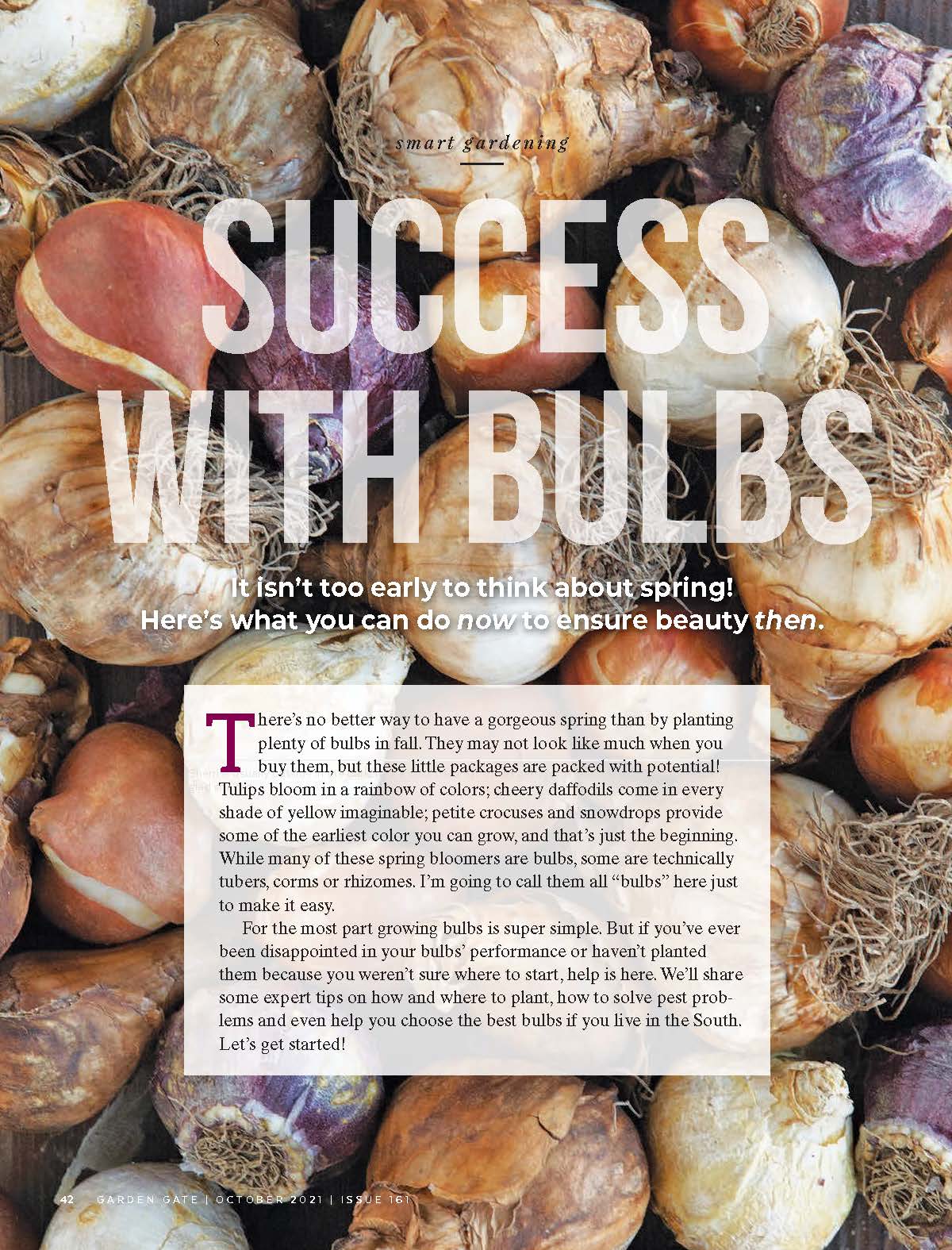
Peonies are known for their toughness and health, and some fall cleanup will help them be at their very best next spring. Once the leaves begin to turn brown, cut the stems back to the ground, collect all the foliage, and throw it away rather than composting it. This helps to keep diseases like botrytis blight, leaf blotch and powdery mildew from overwintering on the leaves. (If the leaves are still green, but looking mildewed, you can use the same spray you may have mixed for your dahlias!).
Peonies seldom need dividing – they are known for returning for decades in cemeteries – but if you’d like to multiply yours, or to move them to a new location, September is the time to do it so they have time to establish a good root system before the ground freezes. Once you’ve cut back the foliage, dig up the plant and if dividing it use a pruning saw or sharp knife to cut the crown into sections that have at least 3 eyes. Use care as the roots and eyes can be brittle. Plant with the eyes facing up in a generous hole no more than 1-2 inches below the soil surface once it’s filled in – deep planting will lead to few blooms – and water well. For more information, see our full planting instructions here.
















